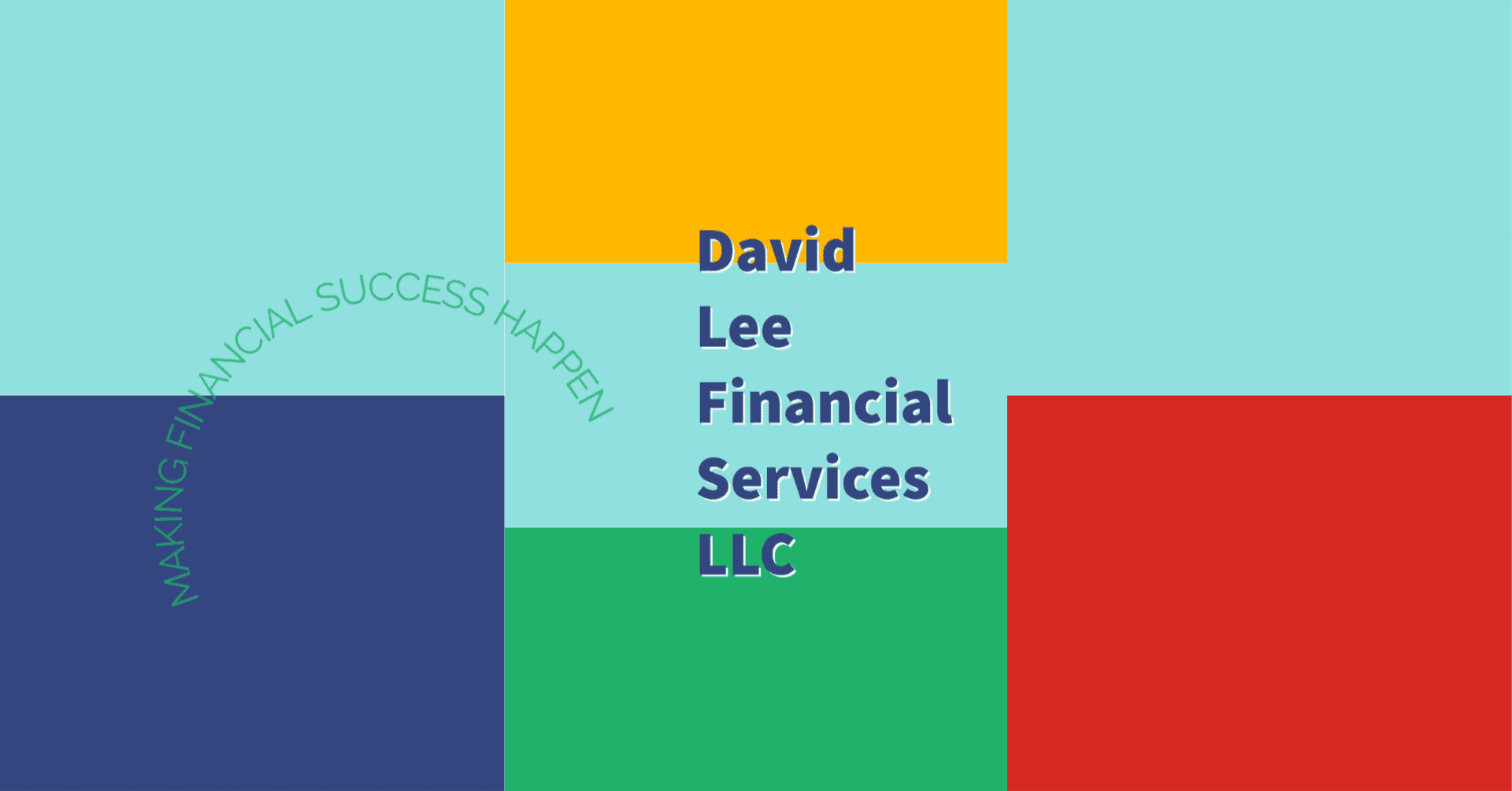Navigating Tariffs, Inflation & Debt with Smart Finance Moves
Matters of Personal Finance — July 7, 2025
David A Norman SR MBA, AFC®
July 15, 2025
How to Navigate Tariffs, Inflation & Debt with Smart Finance Moves
Introduction
Today’s headlines tell a familiar story: economic uncertainty often forces financial re-evaluation. As tariffs reshuffle prices, debt takes new forms, and consumer stress rises, there’s an opportunity to stay ahead—not just cope.
1. Tariffs and Inflation
Import tariffs now average 15.8% — the highest since 1936 — and may drive inflation toward 4% by the end of 2025. Unlike pandemic-era spikes, this one comes without relief checks. That means everyday consumers could see their buying power squeezed, with core inflation projected to hit 3.4–4.3% in Q3 and Q4. This is a wake-up call to revisit your budgeting, savings strategy, and expectations.
2. HELOCs as a Debt Tool
Homeowners are responding with precision. Nearly $25 billion in home equity lines of credit (HELOCs) were tapped in Q1 2025 — the highest since 2008. With average HELOC interest rates around 8.27%, that’s a smart play compared to credit cards charging over 20%. Still, it’s not a casual decision. HELOCs carry risk: variable interest and your home as collateral. If you’re using one to consolidate debt, make sure it’s part of a clearly defined payoff strategy.
3. Consumer Tactics Amid Pressure
Investopedia reports that 60% of consumers are feeling stressed by economic headlines and tariffs. Half are already cutting nonessential spending. The silver lining? This kind of discipline pays off. High-yield savings accounts (HYSAs) are currently yielding ~4%. Simply moving your emergency fund into one of these accounts can preserve purchasing power while maintaining liquidity.
Practical Moves You Can Make Today:
- Reassess Your Savings Rate: Shift idle cash to FDIC-insured HYSAs earning 4% or more.
- Consider Debt Consolidation Strategically: A HELOC might make sense, but only with a repayment plan and risk assessment.
- Delay Big Purchases: If possible, defer major spending until the economic picture stabilizes.
- Rethink Budget Categories: Create breathing room by trimming back lifestyle inflation and reallocating funds to savings or investments.
Conclusion
We can’t control macroeconomics, but we can prepare. Inflation, tariffs, and debt are not just headlines—they’re signals. Take them seriously, act with intent, and you’ll be ahead of the curve. At David Lee Financial Services, we believe smart money moves start with a plan.
Let’s talk about how to make one that works for you.
#DavidLeeFinancialServices #SmartMoneyMoves #MattersOfPersonalFinance
Send a Message
Get In Touch
Office location
5900 Balcones Drive, Suite 4883, Austin, Texas, 78731Give us a call
(512) 253-1403Send us an email
[email protected]
